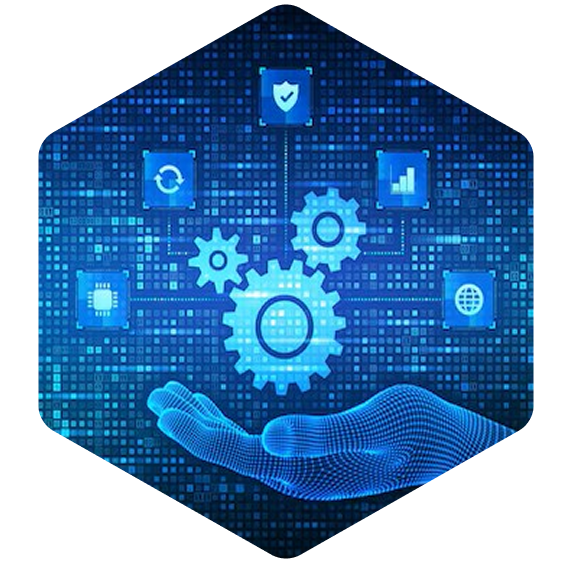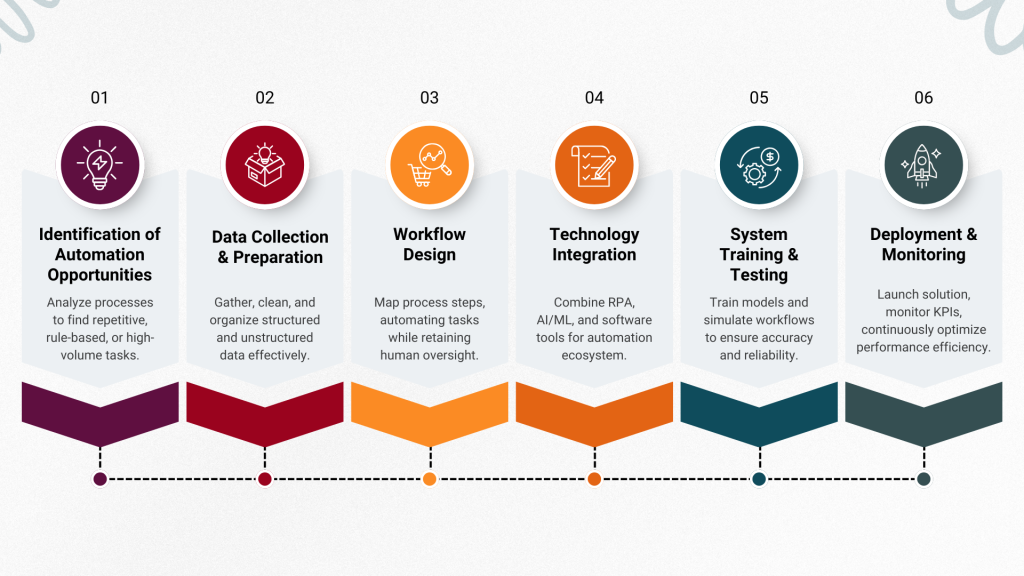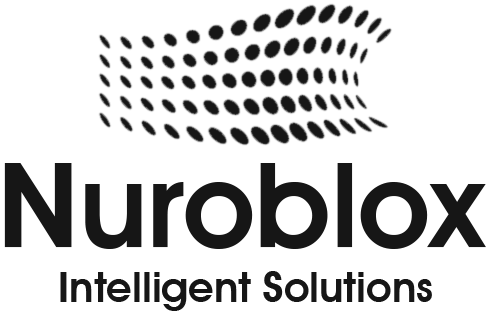Intelligent Process Automation
- Home
- Intelligent Process Automation

// ABOUT INTELLIGENT PROCESS AUTOMATION
Intelligent Process Automation
Intelligent Process Automation (IPA) integrates robotic process automation (RPA) with artificial intelligence (AI), machine learning, and advanced analytics to automate and optimize business processes far beyond rule-based workflows. IPA elevates automation by enabling systems to handle complex, repetitive, and decision-based tasks, freeing human talent for more strategic work.










What is Intelligent Process Automation?
- Robotic Process Automation (RPA) – Software bots that automate repetitive tasks
- Artificial Intelligence (AI) – Decision-making capabilities and pattern recognition
- Machine Learning (ML) – Systems that learn and improve over time
- Natural Language Processing (NLP) – Understanding and processing human language
- Computer Vision – Interpreting visual information and documents
- Process Mining – Analyzing and optimizing business workflows
Core Technologies Behind IPA
Artificial Intelligence & Machine Learning
Machine learning algorithms analyze historical data patterns to predict outcomes and continuously improve automation accuracy. These systems can evaluate their own efficiency and make autonomous adjustments to optimize processes. Deep learning capabilities allow systems to apply knowledge gained in one context to improve performance in others.
Computer Vision & Document Processing
Optical Character Recognition (OCR) and Intelligent Document Processing (IDP) technologies can extract data from various document formats, converting printed or handwritten text into machine-readable formats. These systems can process up to 95% of documents without human intervention, regardless of their type, language, or structure.
Natural Language Processing
NLP technology enables machines to understand, interpret, and derive meaning from human language. This capability powers intelligent chatbots, document processing systems, and automated communication tools that can interact naturally with users and extract insights from unstructured text data.
Robotic Process Automation
RPA serves as the foundation layer, automating rule-based tasks across applications with 24/7 availability and consistent accuracy. Modern RPA platforms offer drag-and-drop interfaces that allow business users to create automation workflows without extensive coding knowledge.
How IPA Works
IPA operates through a multi-step cycle, ensuring that processes evolve alongside business needs:
- Identification of Automation Opportunities – Assess and select workflows suitable for automation using tools like process mining and data analysis.
- Data Collection & Preparation – Gather and organize relevant data to train AI models for accurate task execution.
- Workflow Design – Map and design automated workflows, defining touchpoints for automation and human intervention.
- Technology Integration – Combine RPA, AI, ML, and other tools to build robust and adaptive automation solutions.
- System Training & Testing – Train AI-driven components and rigorously test the IPA solution before full deployment.
- Deployment & Monitoring – Launch IPA in real environments, continuously monitoring performance for further optimization.

We’re Here to Assist You and Address
All Your Questions Anytime!
Industry Applications and
Use Cases
Healthcare
Insurance
Retail & E-commerce



Key Benefits of Intelligent
Process Automation
Enhanced Efficiency & Productivity
Scalability & Agility
24/7 Customer Service
Improved Accuracy & Compliance
Future Trends & Predictions for 2025


